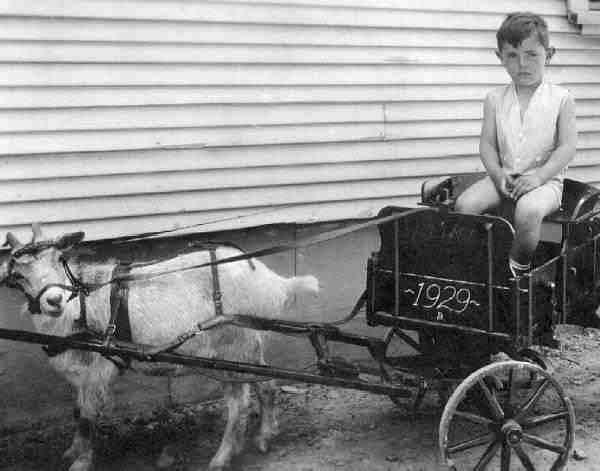
Figure 1.--This American boy in 1929 wears what looks to be a one-piece sleeveless play suit. Most play suits had sleeves. HBC does not believe that this was a widely worn style. It may well have been sweed by this boys' mother.

Toddlers still wore rompers which became popular in the 1910s. The Levi Stauss company was marketing Coveralls, their first child's style. Overalls were still commonly worn by rural boys, but not commonly in the city. American boys also wore short pants for play, but mostly younger boys. They were most common with affluent families which were more apt to
follow English and other European styles. Shorts were most common in the Southern states and California. A variety of play clothes for little boys such as
rompers and coveralls were also worn. Most
older boys wore knickers for both school and play. In the early 1920s knickers were worn with long stockings or kneesocks, but by the 1930s it became common to wear them with ankle socks--especially during the summer. Overalls and long pants were commonly worn by rural boys, but city boys had not yet begun to wear what we now call jeans and mostly wore knickers.
Toddlers still wore rompers which became popular in the 1910s. A variety of play clothes for little boys such as rompers and coveralls were also worn. Ward offered rompers in the several styles, each available in blue and pink--presumably for boys and girls.
Smocks were a popular play outfit for younger European boys. They were also worn to school by boys in Franmce, Italy, and other countries. They were, however, little worn in America.
Play suits were made in a many different styles. The one common thread was they were many simple outfits, much less complicated and heavy thatn the more formal outfits common worn before World War I. HBC has only limited information on these outfits at this time. Some of these outfits began to become standardized by the late 1920s. Some mothers may have made outfits they designed themselves as many mothers in the 1920s still sewed.
The Levi Stauss company was marketing Coveralls, their first child's style. Overalls were still commonly worn by rural boys, but not commonly in the city.
American boys also wore short pants for
play, but mostly younger boys. They were most common with affluent families which were more apt to follow English and other European styles. Shorts were most common in the Southern states and California.
Most older boys wore knickers for both school and play. In the early 1920s knickers were worn with long stockings or kneesocks, but by the 1930s it became common to wear them with ankle socks--especially during the summer.
Overalls and long pants were commonly worn by rural boys, but city boys had not yet begun to wear what we now call jeans and mostly wore knickers.
Navigate the Boys' Historical Clothing Web Site:
[Introduction]
[Activities]
[Bibliographies]
[Biographies]
[Chronology]
[Clothing styles]
[Contributions]
[Countries]
[Boys' Clothing Home]
Navigate the Boys' Historical Clothing U.S. pages
[Return to the main United States 1920s page]
[Return to the U.S. Inter-war years]
[the 1900s]
[the 1910s]
[the 1920s]
[the 1930s]
[the 1940s]
[the 1950s]
[the 1960s]
[the 1970s]
[the 1980s]
[the 1990s]
